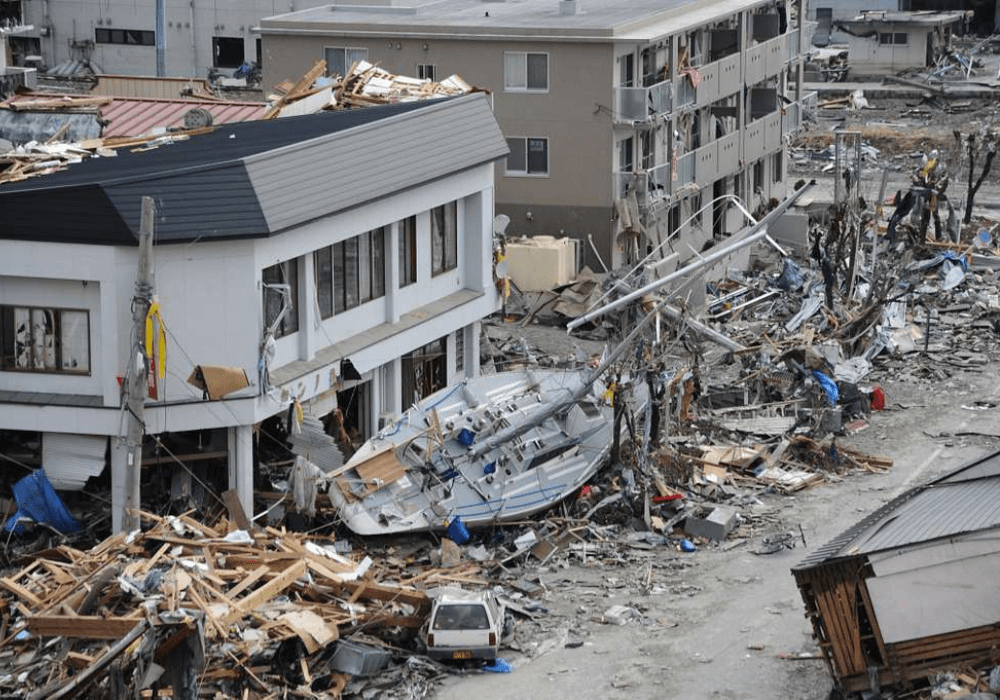
The Great East Japan Mega Disaster of 2011 led to the death of 20,000 people. The earthquake struck below the North Pacific due to underwater tectonic activity known as harbor waves. The waves destroyed homes and caused the release of toxic substances.
Sofía Manzi expanse in her brief that Japan’s structural and nonstructural mitigation measures, resilient infrastructure, and strict building codes designed from previous experience with earthquakes reduced the amount of additional post-disaster harm. Japan’s seismic-resistant technologies protected the country’s water supplies; its Urgent Earthquake Detection and Alarm System and other warning systems were updated and helped better prepare residents for future catastrophes.
The brief concludes Japan’s ability to learn from previous disasters has well-equipped them for responding effectively to future events.
